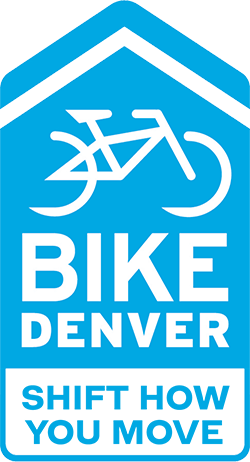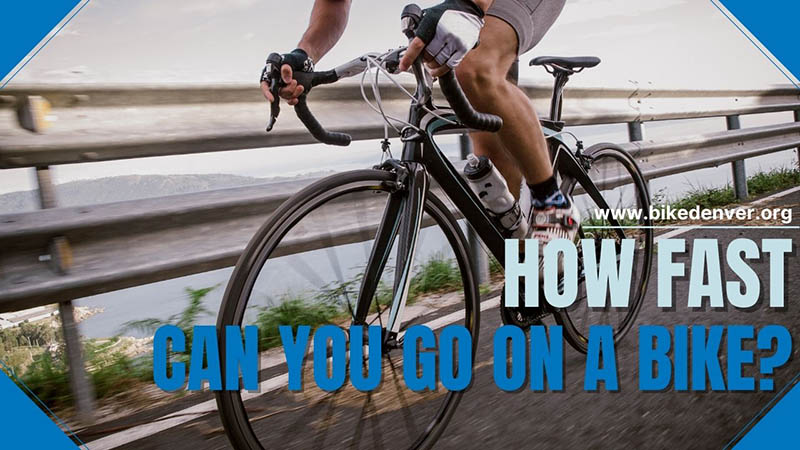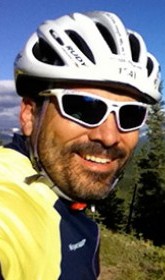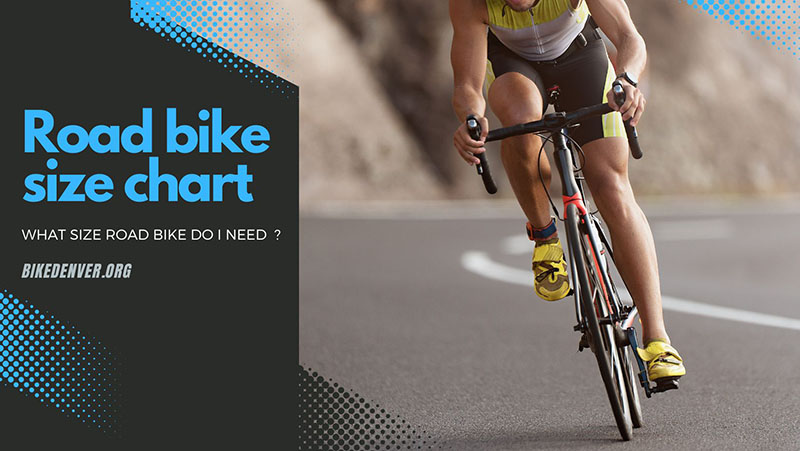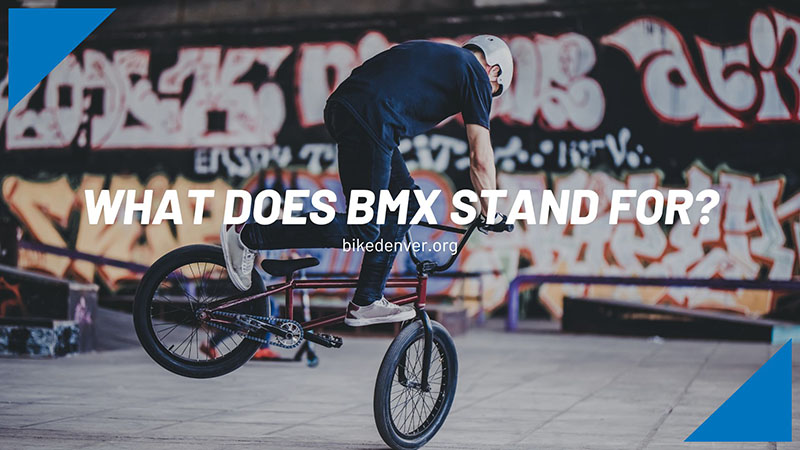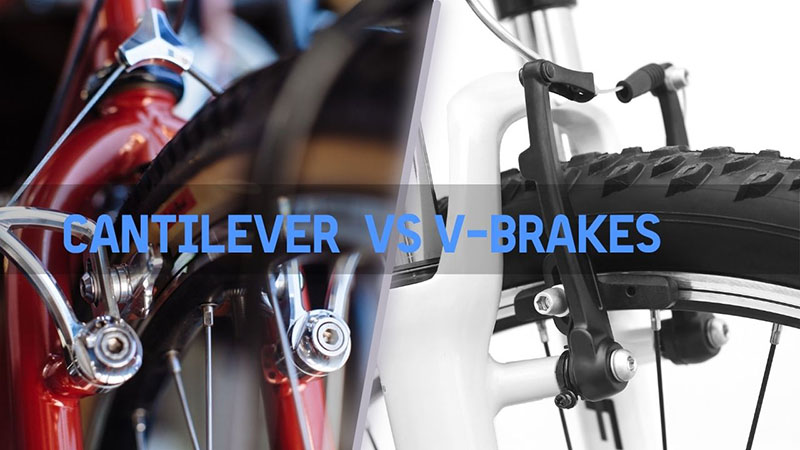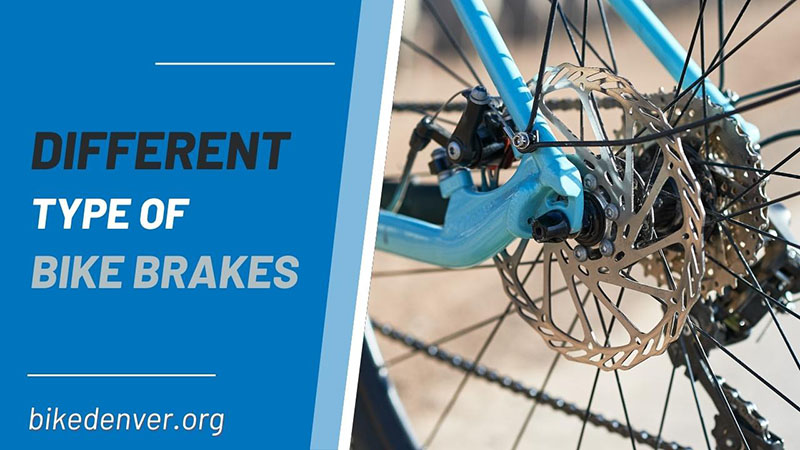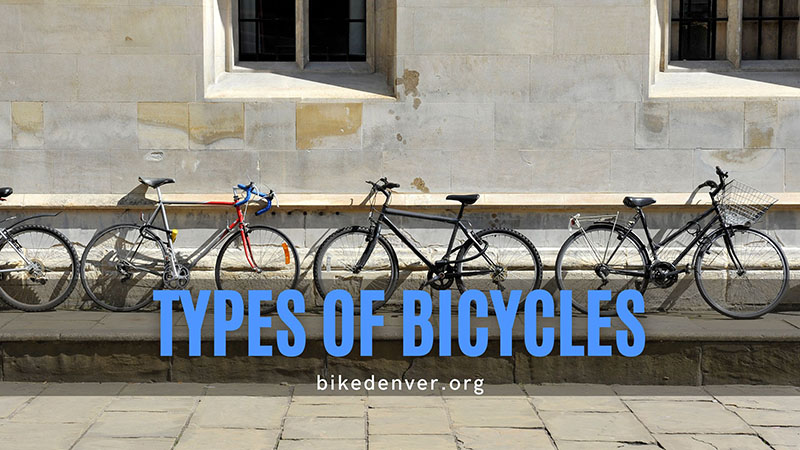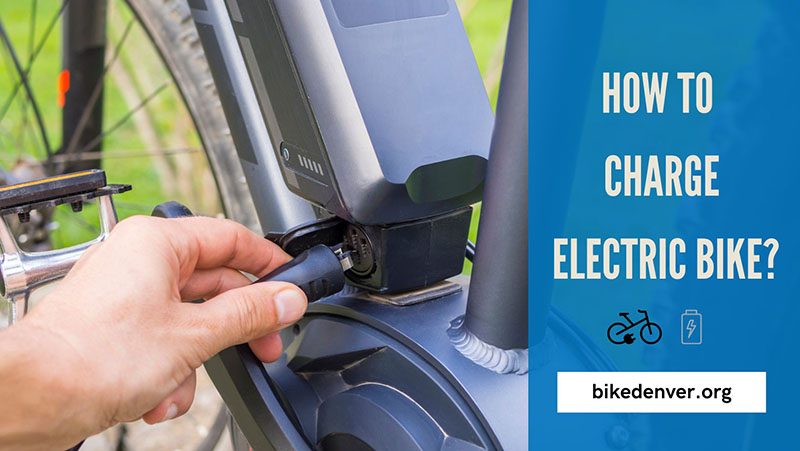How much the average bicycle speed in mph is a common question among cyclists. Their curiosity comes from an interest in training regimens and achievements.
However, it is not straightforward to assert due to the influence of many factors on the measurement. Hence, we have broken down the records into several categories for a deeper understanding. Scroll down to learn now!
Table of Contents
What Is The Biking Average Speed Of Riders By Biological Sex?
According to 2018 figures from Strava – a popular cycling app, the global average cycling pace is 13.5 mph (equivalent to 21.72 km/h). Data is compiled from more than 84 million commuters with a distance of more than 5.2 billion miles.
This year-end report also shows an overwhelming speed of men over women. The male cyclists surpassed the world average by a record of 13.7 mph. Meanwhile, the female deserves praise for speeding at 12.1 mph.
Keep in mind that the crowded rest of the cycling community does not participate in this application so the actual results may be misleading. One possibility is that the real speed may decrease compared to published stats, as Strava users attach more importance to training than normal people.
The Average Speed For Biking By Age
The Functional Threshold Power
Before getting into the main point, it is best to pay attention to an important concept – Functional Threshold Power (FTP), which connects age and cycling rate.
Simply put, this term refers to the highest average power riders achieve in an hour. In active sports, FTP measures the energy generated during lactate production. Calculations include sustained and transient power in a few minutes of effort.
Look at the table below to see the growth of FTP corresponding with age.
| Age Group | Functional Threshold Power |
| 18 – 20 | 120w |
| 20 – 25 | 150w |
| 25 – 30 | 180w |
| 30 – 35 | 200w |
| 35 – 40 | 180w |
| 40 – 45 | 160w |
| 45 – 50 | 120w |
| 50 – 55 | 100w |
| 55 – 60 | 90w |
As you have seen above, FTP rises from early adulthood and peaks in the 30s. After the golden period, your strength gradually decreases every 5 years.
Comparison Of Pedaling Speed By Age
Parabolic growth of threshold power has accounted for a similar trend between speed and age, as below.
| Age Group | Average Speed (mph) |
| 18 – 20 | 16.7 |
| 20 – 25 | 18.6 |
| 25 – 30 | 21.7 |
| 30 – 35 | 20.8 |
| 35 – 40 | 18.6 |
| 40 – 45 | 17.7 |
| 45 – 50 | 15 |
| 50 – 55 | 13.6 |
| 55 – 60 | 12.4 |
The 18-35 stage produces an abundant energy source to push your limits higher and higher. As your body ages, your physical condition worsens, which decreases power output. The root is simple: your force and rhythm fail to stay the same.
When it comes to youngster riders, their average speed ranges from 12-14 mph. Like adults, the average kid’s bicycle riding speed increases with age.
Average Bicycle Speed By Bike Types
Road Bike
It is no coincidence that road bikes frequently appear in races. The lightweight frame (usually made of carbon fiber or carbon fiber) and aerodynamic design have contributed to the faster speed compared to other options.
So what is the average speed of a road bike? You can expect 14-18 mph on smooth roads. When the terrain reaches 5% of the slope, the pace drops to about 8-12 mph.
We conducted a quick research on the popular cyclist’s forum to confirm these studies. We asked participants to contribute their experiences and specific descriptions of external influences. Out of 100 well-intentioned responses, we calculated an average speed of 16.5 mph – an experimental result that proves the above statement correct.
If you do not reach the level described, consider a narrower tire to reduce air resistance and speed up. The only minus point is that the pedaling posture seems awkward. But most professional cyclists usually stick to it, which is not as inconvenient as you think.
Mountain Bike
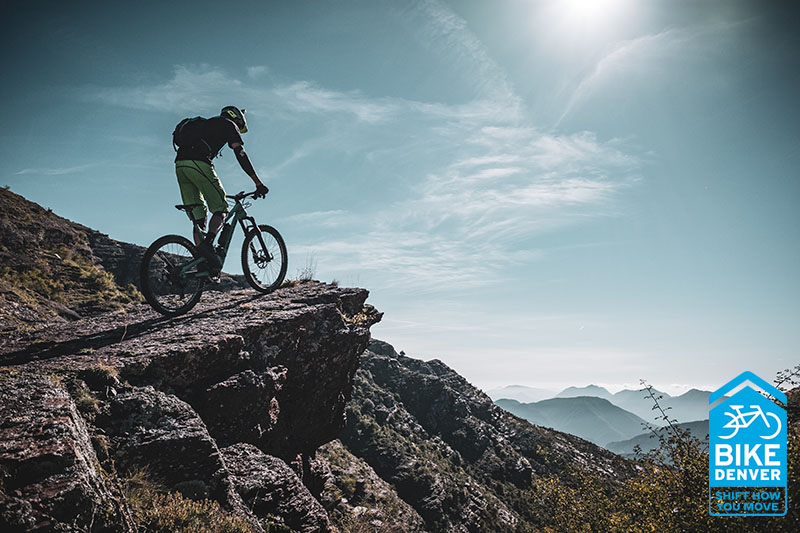
The mountain bike is a reliable companion for those who conquer towering peaks. They are ideal for bouncing off bumpy surfaces such as sand, gravel, dirt, etc., due to the good grip of the wheels. However, wide tread tires mean more drag, hindering your passion for speed.
Greater friction hampers your velocity, dropping to an average of about 10-14 mph on moderate hills. When you turn to rugged trails or steep slopes over 5%, it is an ever-slower ride at 4-8 mph.
On the way down, prepare for the breeze slap as the downhill speed goes up to 18-20 mph. Cycling at the highest mph possible promises thrills and spills at the trickiest of twists, so try to speed up if you can.
Hybrid Bicycles
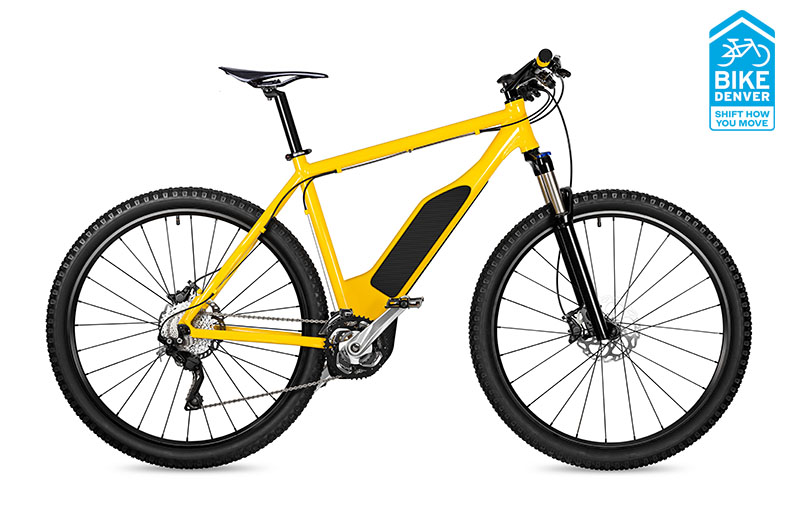
As the name suggests, the hybrid bike is a cross between road and mountain ones. It possesses a wide tire to not only increase stability and grip but also cushion more shocks on bumpy roads.
For these reasons, you can expect 12-18 mph speeds on flat terrains. A plus of this option is that it also works well on rough surfaces. Though the rate is reduced to 6-10 mph in the upright riding position, it provides more comfort on a challenging stretch.
E-Bike
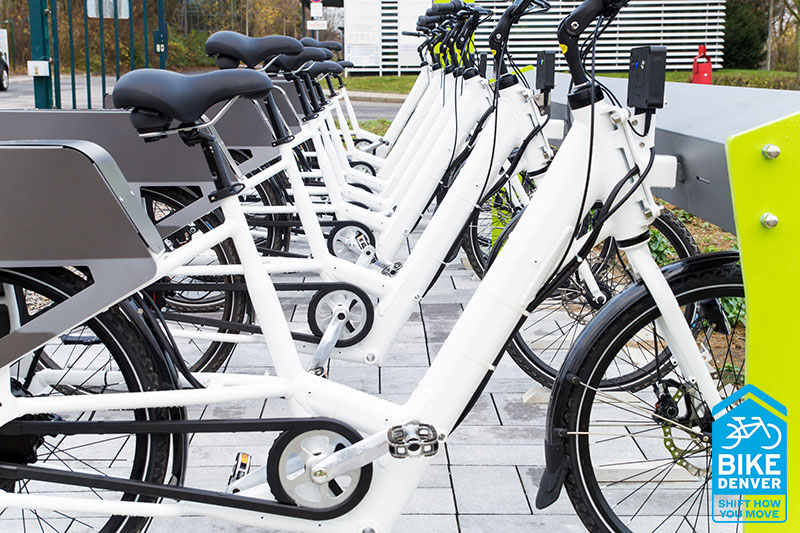
The average pace of an electric bike depends on its powered motor. The market now offers three choices for your preference: A pedal-assisted/accelerator vehicle with a max speed of 20 mph or an accelerator-assisted vehicle able to go at 28 mph, tops.
If you fall for E-motorcycles, be aware of the speed limits for your vehicle in each country. For example, most European countries license 15.5 mph, while US states permit 20 mph.
See more:
Touring Bike
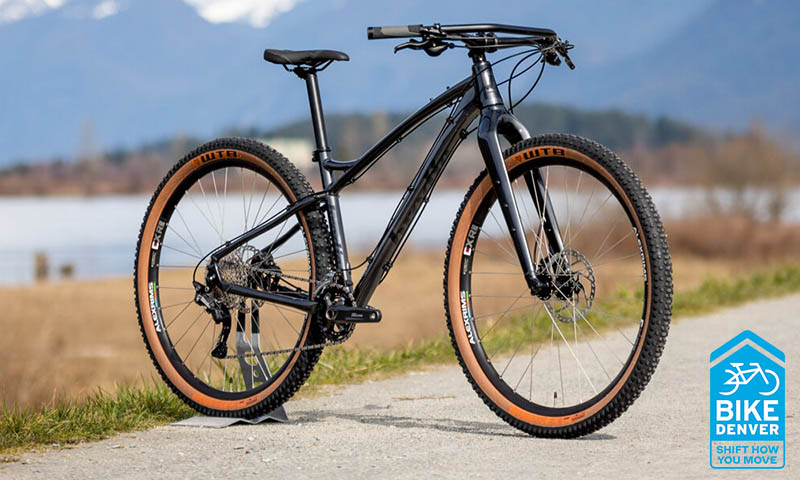
These bikes are not meant for speed but comfort and capacity for long-distance rides. Its tower frame provides stability but increases the burden on the wheel. Combined with air resistance, you certainly cannot move at a fast pace.
In general, cyclists cycle between 11-15 mph. However, you can go slower or faster depending on your load.
Gravel Bike
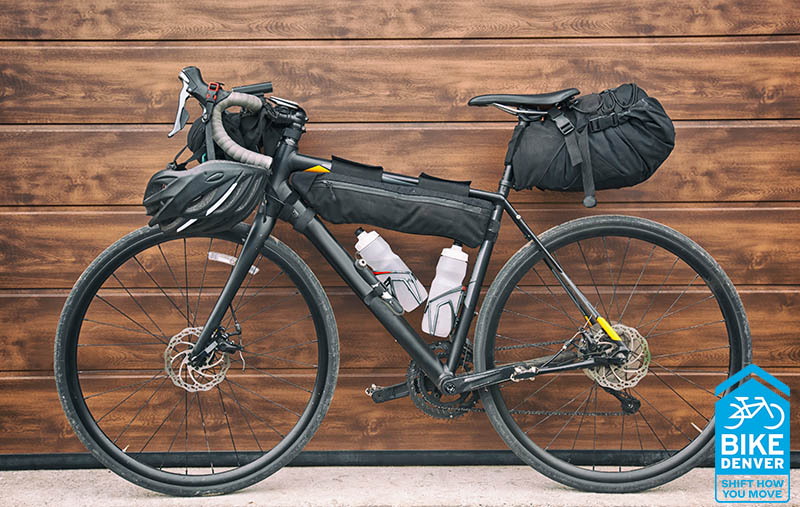
This option shares the same characteristics as a mountain bike which means wide tires for better traction. What makes it unique is its comfortable upright posture.
As noted above, these features make it difficult to achieve lightning speed. The average range between 15-16 mph is ideal for staying safe on rough surfaces. If you want to minimize air resistance, switch to an aerodynamic position.
Average Speed For Bike On Terrains
The Tour de France is the dream destination of cyclists. Leaving the craving for awards or fame aside, this contest is known for its long route over multiple terrains. It has analyzed an interesting statistic about the participants’ speed on common cycling surfaces after decades of data collection.
Flat Ground
Paved roads are where the fierce battle of the championship contenders takes place. Most professional cyclists do their best to maintain 25-28 mph during this run. Being left behind often means a long way to victory.
Of course, you cannot achieve that milestone often. On the bright side, the absence of obstacles facilitates you to reach about 17-18 mph in amateur races.
Cobblestone
Cobblestone tracks are integral to the world’s most exciting cycling race. Small obstacles level up the game’s difficulty and test the participants’ stability. No matter how experienced you are, keeping the speed as usual on such a rough surface is impossible.
Pros are trained to slow down a little, around 22-24 mph. This is not an easy skill, yet essential to stay competitive and safe.
We do not recommend maintaining a fast pace on bumpy terrain, especially for newbies. It would help to hit the average, around 14-16 mph.
Climbing
The two awe-inspiring landmarks of the Tour de France are the Alps and the Pyrenees, home to extreme slopes. The racers’ speed often halved with an average of 12.8 mph on the road toward the sky.
Of course, your velocity may be lower. Even if you aim for lower highs, stagnation is inevitable. The drop-in rate depends on the slope of the upward route and other objective factors.
Ideal Average Speed Of Different Cyclist Levels
Similar to other sports, experience is a game-changer. Professionals have successfully built cycling fitness that prepares them with healthy bodies and good biking skills.
When you encounter a cyclist running on tough terrain smooth like butter, their hard work pays off. In the following table, you may be surprised at the significant deviation between newbies and experts in their velocities.
| Cycling Level | Average Speed |
| Beginner | 8 – 12 mph |
| Intermediate | 12 – 16 mph |
| Advanced | 16 – 24 mph |
| Professional | >24 mph |
Novices usually desire to practice and ride tests to master their horses. Do not rush to focus on achievements, though. Normally, each level requires at least 3 months to conquer a new milestone in the record.
Which Factors Determine Your Biking Speed?
Environmental Factors
The cycling surface
The figures above demonstrate that rough surfaces or steep slopes in mountainous areas impede your speed. This is because the surface does not support additional traction but produces even greater friction.
Therefore, you must exert a lot of force to travel the same distance from the flat surface. Fortunately, efficiency improves downhill, and you can benefit from a natural boost.
Weather conditions
Heat, humidity, rain, or wind all affect your performance. Being too hot or too cold is cyclists’ cup of tea. It needs a while of cycling to warm up or cool down your body. We recommend hitting the road when the temperature is between 70-85 degrees F if the rest of the natural factors are favorable.
For example, summer rains drive away hot air but obstruct visibility and mess up terrain. You’d better slow down to stay safe. Cycling on winter days does not seem terrible, but it requires bulky warm clothes. This fashion item undoubtedly adds to the overall weight and hinders your aerodynamic posture.
Obstacles
An uncrowded route maintains a steady pace in your cycling. Any sudden appearance, such as pedestrians, vehicles, small children, traffic lights, etc., can delay your speed. Especially if your road doesn’t have a dedicated bike lane, keeping a safe distance is extremely unpredictable.
You can honk your horn or signal to get around the obstacles, but your efforts do not necessarily pay off in all cases. You may occasionally bump into a crowd or traffic that takes up most of the lane ahead.
We could only maximize the pace on country roads. We have never gone over 10 mph on the city route to handle the unexpected.
Distance
A general rule of thumb is the longer the ride, the slower the pace. That’s why there is the so-called short burst in cycling, as your velocity can only peak in a short time.
And your stamina is not infinite, so the longer you pedal, the slower you become. Without a smart strategy, the excessive accumulation of lactic acid causes fatigue and knocks you out.
Even though the concern for the rider’s fitness is more important, force distribution comes into play.
Psychological Factors
Confidence
Confident cyclists increase their speed without hesitation as they know their limits and technique.
Try to kick out your fear and hesitation before reaching the challenging routes. Combined with regular practice, you can get around a bend without swerving by leaning over.
Familiarity
Cyclists often slow on new tracks to keep a safe distance and respond quickly to obstacles. After breaking in, they become aware of the potential risks and find a solution or map out a suitable alternative route.
For instance, we became familiar with our commute and found a deserted shortcut instead of a busy avenue. Once you are accustomed to the track, you can even know when to hit the brake upfront.
Experience & Skills
Experienced cyclists know how to handle obstacles without sacrificing speed. They also understand the terrain, the environment, the bike types, and all that is needed to maximize speed. Hence, their average is always coming out on top.
Physical Factors
Riding style
We could spend all day discussing this category as it is very diverse. While some of our friends are unwilling to take the risk, we enjoy the competition and the feats.
As a result, we always get to the finish line earlier. Besides, posture is a controversial concept. Standing upright and leaning forward are the most common, but stretching your torso ahead can support your velocity thanks to less wind resistance and more balance.
We experimented with these two techniques for the same distance; surprisingly, the tucking down got us about 3 mph faster. And the trade-off is our comfort.
Health conditions
This part has many concepts worth mentioning, including fitness and weight. A light cyclist gains an upper hand when climbing hills: less force of gravity, hence higher speed.
Plus, a well-fitted body produces greater capacity and greater endurance. This means longer pedaling time and better stability for acceleration.
Age
We must accept that aging comes with a decrease in speed. Sad but true, muscle mass drops 3-8% per decade after age 30 – as per the National Library of Medicine, so you cannot keep the peak performance of your younger days.
Biological sex
You have seen the global statistics above, and it’s time for scientific proof. As published by the American College of Sports Medicine, men produce 1.5 times more power than women in circuit/road races. Accordingly, new male cyclists took about 22% less time to complete their race.
Others
Bicycle type
The road bike offers the fastest speed compared to other bikes, but it can’t handle the rocky roads and ramps well. So what is the main point? Adaptation to the new environment determines higher performance and thereby faster speed.
Overall purpose
You should know that speed is not a priority in all cases. Each MTB discipline sets forth different disciplines in different environments. For example, enduro participants who have to conquer the trail in the shortest time must have a higher average speed than cross-country racers.
Condition of the bike
Every part of your vehicle contributes to your speed. Any piece of dirty or worn equipment leads to drag or, worse, the possibility of an accident.
For instance, the well-maintained gears end up with more responsive shifting. Remember to perform routine maintenance so that your “warhorse” performs at its best.
See also: Bike Parts Diagram
How To Boost Your Biking Speed Up
Practice Consistently
It is undeniable that years of experience prepare you well in any journey, which is the competitive edge of professionals over beginners. There are many reasons for this superiority, such as confidence, fitness, familiarity with the route, etc.
Hard work pays off – this is never wrong. However, staying consistent throughout the process is key. Daily practice is more effective than pushing your best on the weekends. The adaptive mechanism produces healthy changes instead of being exhausted and overwhelmed.
We recommend building a tight schedule that correlates with clear goals. A tip for you is breaking down the goals into details and attaching them to each short milestone. The noticeable results achieved in each stage stimulate your self-discipline and motivation.
Pedal In Group
Hard-working companions give you more motivation to work out. Teamwork is a smart strategy if you cannot commit to your schedule. Unexpectedly, the mental boost is not the biggest benefit but the speed improvement.
Group cycling requires a caravan leader who rides at the top and blocks the winds. This strategy raises your level of support. The better part is that it saves energy on long road trips when switching to a lower position. You keep pace with your teammates even when you are gradually tired out.
Do not worry if you are usually the last. The lasting effect, which makes sense to sprinters, is an important lesson. Trying to keep up with someone helps increase your speed unconsciously. If you train for a long road trip, evenly distribute the energy saved for the finish line.
Keep Track
Certain unconscious actions hinder your improvement. For instance, some people tend to slow down after a ramp until they feel recovered. Never do that!
Get yourself an electric meter to control your speed. Though it started as a worthless investment, this tool comes in handy for performance evaluation.
If you do not have a large budget for modern gadgets, check out smartphone apps. We have stuck with a few over a period and are completely satisfied. These options cannot measure body stats but never say no to speed.
Build Muscle
Cycling helps with weight loss and vice versa. A lightweight body enables you to go faster and struggle less on slopes. We claim this with a clear scientific basis: less weight means less air resistance.
Listen! Weight loss should not be an extreme diet for a quick result. We love small changes to our lifestyle to maintain balance. For example, cutting a teaspoon of sugar in your coffee helps to lose 0.5 lb of fat after a month. Replace carbonated drinks with mineral water to stay hydrated.
Of course, do not miss a revolution with your practice. Not a strict regimen, we added little challenges in the main show itself to increase fat burning and also fun:
- Cycle for an extra 30 minutes on any 3 days of the week
- Ride against the wind on the way home
- Indoor cycling
- Climbing
- Pedal at high speed for short periods.
Work With Faster And Better Equipment
The combination of tires, rims, and safety gears yields a certain sense of increased speed, especially regarding aerodynamics. High-end items tend to be lighter and more effective than low-end ones.
This is not to say that we encourage you to upgrade everything. Make sure you choose what fits your budget because the cost-benefit ratio of some upgrades varies quite a bit.
Our best investments to date are in tires and aero clothing. First, we fitted tubeless-ready wheels and tires to eliminate friction. We also pay attention to periodic tire pressure checks to balance speed, comfort, and grip.
When we started planning long trips, we saved up to change out of baggy clothes to ones that fit and wick away sweat. They are never a waste of money since they deliver comfort and aerodynamic benefits so you can get the most out of your practice.
Upgrade Your Technique
Though efforts on other factors may be fruitful, the cost-free technical adjustment speaks volume. Unless you aim for the championship trophy of the prestigious race, it is not necessary for the professional course.
Some effortless improvement in posture or cycling gives unexpected results. Here is everything we have applied:
Brake less
Everyone knows that braking slows down your vehicle. But how to avoid it? It is time to get rid of your “comfort reflex.” This concept means you tend to decrease to a moderate speed as the bike rolls down steep slopes.
Safety is acceptable, but you should assess the road surface and surrounding obstacles first. If there is no single danger sign, go with free acceleration.
One of the other lessons is how you corner. Choosing good drop points lowers your center of gravity, prolonging the current pace. If braking is necessary, use the rear brake.
Bend elbows
As mentioned, lowering your body instead of sitting upright in the saddle minimizes drag due to the reduction in the contact area to the wind. Bring your elbows in and bend them as far as possible to bring your chest closer to the bars.
FAQs
Is It Better To Bike Fast Or Slow?
It is up to your physical goal. A slow ride improves balance through muscle group coordination and joint stability. Meanwhile, fast cycling leads to an improvement in the aerobic system and calorie burn.
How Long Should I Bike Per Day?
Adults should cycle for at least 30 minutes daily to reap the health benefits. Of course, this level only makes sense to casual cyclists who do not set fitness or competition goals. For specific purposes, you should ask for an expert’s advice.
How Is Long A Bike Ride Healthy?
If your goal is to stay fit, 1-2 hours of cycling at a slow pace will help burn fat and enhance your endurance. When it comes to a hard ride, the ideal time is reduced to 30-60 minutes as you have worked hard in one session. Finally, do not skip the 30-45 minute hilly ride with some short recovery intervals to improve muscle strength.
Conclusion
Our article showed you a long list of factors that affect velocity. It is truly an impossible task to come up with an accurate figure. You need to take subjective aspects such as age, biological sex, or topography into account. On the bright side, feel free to benefit from the fast road bike speed and improve your skills to satisfy your passion.
